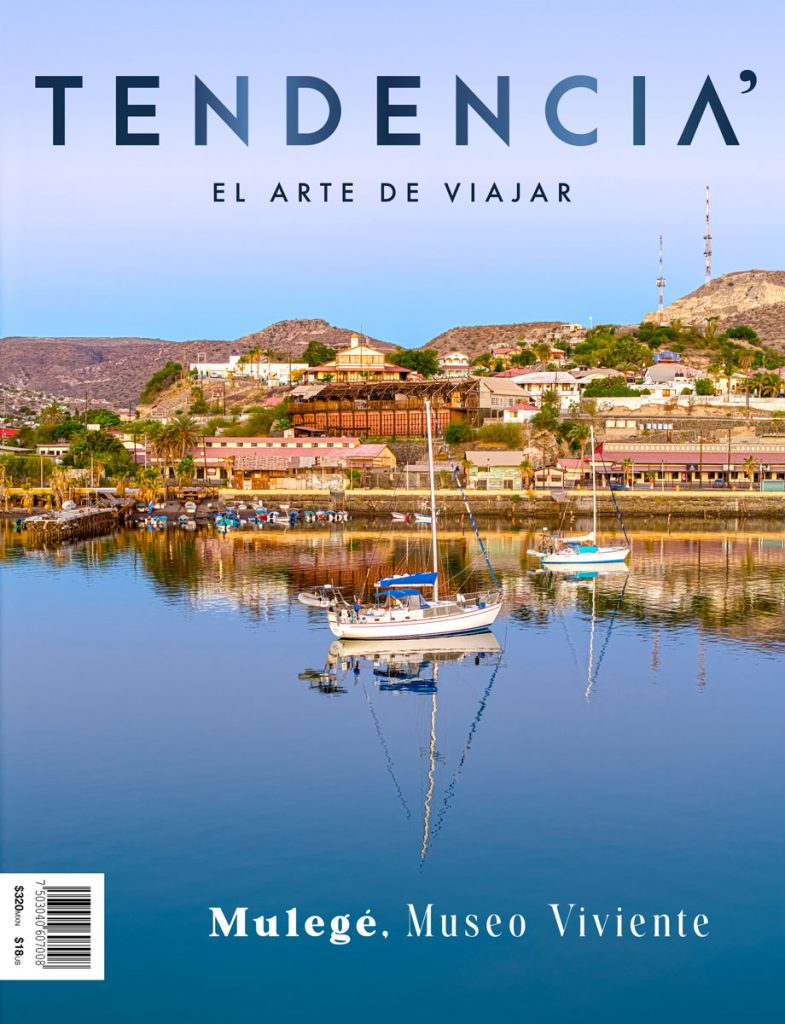“And now, let’s enjoy Venus, the so-called ‘sunrise star or sunset star,’” said Joanne, our naturalist guide.
“I can’t believe it. It looks like a growing quarter moon. Why?”
“It is due to the position from where we are observing it and the position of Venus in its transit around the sun. Venus crosses in front of the solar disk twice every eight years and this event happens every 105 years. The last occasion was in 2012 and the next will be in 2117.”

“Amazing! How do we know this?”
“Due to a historical and unprecedented event that occurred precisely on this site,” explained Joanne. “As Sir Isaac Newton said, ‘we are standing on the shoulders of the giants of the past.’”
“By witnessing astronomical events, we connect with the past and look into the future. We relive the past so that our present is significant and the future hopeful.”
Then she told us the following:
[two_first]
“It turns out that at the beginning of the New World conquest and recent European settlement on this peninsula, a Franco-Spanish scientific expedition came that, for the first time in the history of the emerging science of astronomy, observed and successfully measured the transit of Venus across the solar disk.
Unfortunately, the indigenous population and the recently arrived Europeans were infected with typhoid fever. The members of the scientific expedition came down with the disease as well. Fifteen days after the expedition, they died, including the astronomer Abate Jean Baptiste Chappe d’Auteroche who was in charge. Two survived.
[/two_first][two_second]

[/two_second]
Thanks to the survivors, the records of the observation were taken back to the Old World. As a result, we not only know this bittersweet story, but also the scientific information about Venus, the planet Earth and the Sun. Even today, NASA uses the information for space explorations.”
With nostalgia Joanne said:
“By the way, the astronomer’s body is still missing. It’s somewhere around where we are standing, but we do not know the exact place it was buried.”
“An interesting book was published later,” Joanne continued. “It can still be found today: The Transit of Venus of 1769, Observations in Baja California by Jean-Baptiste Chappe d’Auteroche, Vicente Doz and Joaquin Velazquez Cardenas de Leon.”
[two_first]

[/two_first][two_second]
“Although the astronomer did not live to see the results of his hard work, he is remembered in Baja California Sur with great appreciation. We relive the history and the memories every time we conduct this astronomy event for visitors and residents. The scientist not only left astronomical information in his documents, he described how San Jose del Cabo and Cabo San Lucas were at the time. He described the flora, fauna, landscapes, the natives and the Jesuit mission established 30 years before their arrival. He talks about his travels, the type of food and the colonization in the interior of the country. His stories provide an identity to this part of Mexico described by other authors as an unknown land, an indomitable land, and a scented land.”
[/two_second]
The tour continued smoothly. Thanks to the telescope, we were transported to space outside the solar system. Everyone there marveled while observing Venus, other planets, constellations, shooting stars and the moon.
In three fabulous hours, we explored the moon, crater by crater, and even took a photo, as instructed by Joanne. Above all, we discovered the beauty and importance of our own planet.
If you want to experience a different, entertaining evening under the stars on your next trip to Los Cabos, the astronomy tour that takes place every Tuesday is for you. Relive the explorer’s accomplishments on this peninsula, listen to interesting stories and learn to understand our significant and memorable sky.


One Response
Hi there,
Huge fan of your content here!
Anyway – to keep this short. Could you please let me know if this is a right address for and editorial inquiry?
If not, I would appreciate if you can direct me to the right one.
I know that has a great potential an a real base of visitors so I would really like to start a collaboration with you. Could you tell me if you would be willing to accept any type of guest post, editorial or or other form of link placement?
Seeing that it’s pretty hard to match your writing style, I think it would be a lot better if you could include a link to our website into a new or even older article of yours, for a fee.
If this sounds like something you could do, simply reply to this email, tell me your guest post or external link policy and the price to have our website promoted on yours, and let’s make a deal! 🙂
Thanks,
Lora Stonden